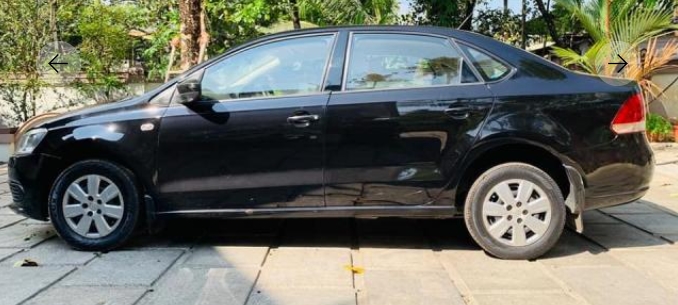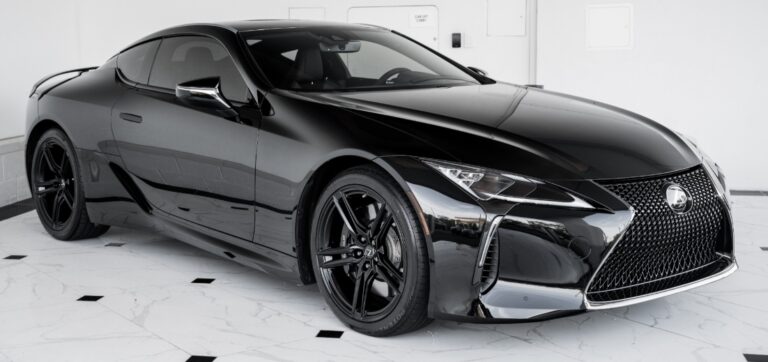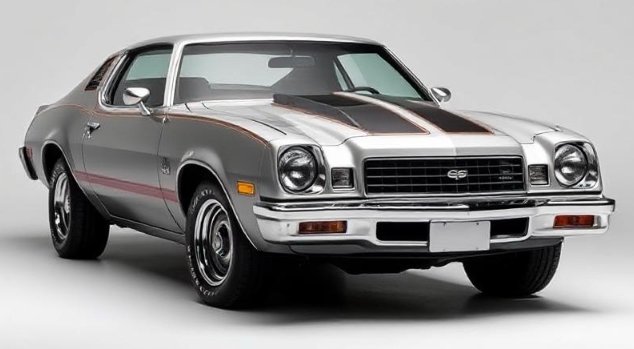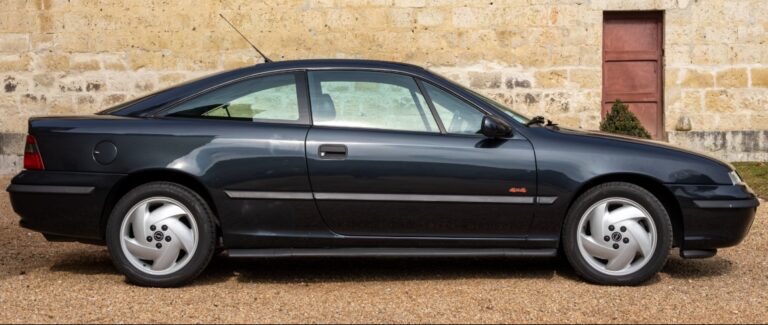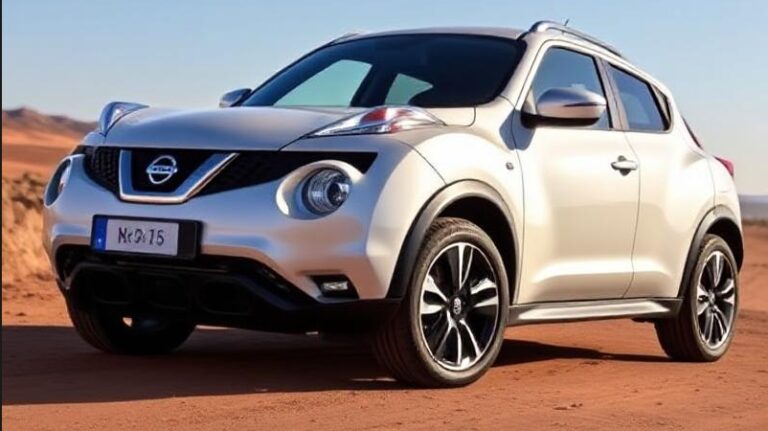The Evolution of the Volkswagen Vento
The Volkswagen Vento, a compact sedan that has carved a significant niche in markets worldwide, exemplifies Volkswagen’s commitment to blending performance, comfort, and practicality. Over the decades, the Vento has undergone remarkable transformations, reflecting technological advancements, changing consumer preferences, and regional market demands. This article traces the detailed evolution of the Volkswagen Vento, highlighting its production years, model variants, and trim levels across its history.
Origins and Introduction (1992–1999)
First Generation (1992–1999):
The Volkswagen Vento was introduced in 1992 as a successor to the Volkswagen Polo-based models in several markets, notably in Europe and South America. It was primarily designed to fill the gap between the smaller Polo and the larger Passat, offering a practical yet stylish compact sedan.
Design & Features:
- Based on the Volkswagen Group’s A2 platform (also used for the Golf Mk3).
- Available with a range of petrol and diesel engines.
- Body styles: Sedan, with some markets offering a coupe variant.
- Trim levels varied by country but generally included base, CL, and GL trims, with higher trims offering features like air conditioning, power steering, and upgraded interiors.
Engines:
- Petrol: 1.4L, 1.6L
- Diesel: 1.9L SDI, 1.9L TD
This generation laid the foundation for the Vento’s reputation for robustness and efficiency.
The Second Generation (2005–2010)
Second Generation (2005–2010):
The Vento nameplate was revived in 2005 in India and parts of South America, while in Europe, the model was marketed as the Volkswagen Polo Sedan. This generation marked a significant redesign, emphasizing modern styling and improved features.
Design & Features:
- Built on the Volkswagen Group’s PQ35 platform, shared with the Polo and Golf Mk5.
- More aerodynamic with contemporary styling cues.
- Interior upgrades with better materials, increased cabin space.
- Trim levels included:
- Trendline: Base model with essential features.
- Comfortline: Added features like power windows, air conditioning, and upgraded interiors.
- Highline: Top-tier trims with leather upholstery, alloy wheels, and premium audio.
Engines:
- Petrol: 1.6L MPI, 1.6L FSI
- Diesel: 1.9L TDI, 2.0L TDI (varied by market)
This generation saw the Vento gaining popularity in emerging markets due to its value proposition and modern appeal.
The Third Generation (2010–2015)
Third Generation (2010–2015):
The third iteration of the Vento was launched globally, with production spanning various markets including India, South America, and parts of Asia. It marked a significant leap in design, technology, and safety features.
Design & Features:
- Based on the Volkswagen Group’s PQ25 platform.
- Styling: Sharp lines, prominent grille, and sleek profile.
- Interior: Improved ergonomics, advanced infotainment options, and increased comfort.
- Trim levels typically included:
- Trendline: Entry-level with basic features.
- Comfortline: Mid-range with added convenience features.
- Highline: Fully equipped with premium features, leather seats, alloy wheels, and advanced infotainment.
Engines:
- Petrol: 1.6L MPI, 1.4L TSI (turbocharged)
- Diesel: 1.5L TDI, 1.6L TDI, 2.0L TDI
Notable Variants:
- In India, the Vento gained immense popularity, with special editions like the Vento TSI, emphasizing sporty performance, and various trim options catering to different customer preferences.
The Fourth Generation (2015–2022)
Fourth Generation (2015–2022):
The latest model, introduced globally in 2015, represented Volkswagen’s push toward more refined, technologically advanced vehicles. This generation continued to adapt to regional needs, especially in India, Brazil, and Southeast Asia.
Design & Features:
- Based on the MQB A0 platform, shared with the Polo and other compact models.
- Exterior styling: Modern, aerodynamic with LED lighting options.
- Interior: High-quality materials, digital instrument clusters (in higher trims), touchscreen infotainment systems, and advanced connectivity.
- Trim levels generally included:
- Trendline: Basic features, manual transmission.
- Comfortline: Additional comfort features, optional automatic transmission.
- Highline/Highline Plus: Top-tier trims with leather upholstery, premium audio, and advanced safety features such as parking sensors, rearview cameras, and more.
Engines:
- Petrol: 1.2L TSI, 1.5L TSI
- Diesel: 1.6L TDI, 2.0L TDI
Special Editions & Variants:
- Vento GT: Sportier trims with enhanced styling and performance features.
- Vento TSI: Powered by turbocharged petrol engines emphasizing sporty driving.
- Facelift (2019): Minor updates included refreshed front grille, new headlamps, and interior upgrades.
Regional Variations and Market-Specific Models
India:
The Vento has been particularly popular in India, where it was introduced in 2011 and continued until 2022. The Indian-market Vento has seen various updates, often tailored to local preferences.
- Models & Trims:
- Vento Trendline: Entry-level with manual transmission.
- Vento Comfortline: Mid-range with power features.
- Vento Highline: Top-end, often with features like touchscreen infotainment, alloy wheels, and leatherette upholstery.
- Vento TSI: Turbocharged petrol variants offering enhanced performance.
Brazil and South America:
The Vento has been a significant model in these regions, often sharing platforms with similar models like the Polo Sedan.
- Variations included versions with FlexFuel engines (ethanol and petrol compatibility).
- Trim levels ranged from basic to high-end, with special editions emphasizing sportiness and luxury.
Europe:
In Europe, the Vento was largely replaced by the Polo Sedan, with limited production. The focus shifted toward the Golf and Jetta models, but the Vento’s influence persisted in regional models.
Notable Technological and Safety Features Over the Years
- First Generation: Basic safety features, manual windows, simple audio systems.
- Second Generation: Introduction of airbags, improved safety features, and better infotainment.
- Third Generation: Incorporation of ABS, EBD, climate control, and more sophisticated infotainment.
- Fourth Generation: Advanced driver assistance systems, touchscreen interfaces, digital instrument clusters, and connectivity features like Bluetooth and navigation.
.
RepairSurge Online Repair Manuals Replace Bulky Books With Reliable Digital Information!
Faster And Cheaper Than Traditional Printed Manuals, Users Get Instant Access To The Repair Information They Need For Any Car, Truck, Van or SUV:
.
The End of Production and Legacy
Production of the Volkswagen Vento has officially ended in many markets by the early 2020s, replaced by newer models such as the Volkswagen Virtus in some regions, and the Polo-based models in others. However, its legacy remains significant:
- Reliability: Known for durability and low maintenance costs.
- Versatility: Offered in various configurations to suit different markets.
- Performance: Especially in TSI variants, appreciated for sporty handling and fuel efficiency.
- Market Impact: Played a pivotal role in establishing Volkswagen’s presence in emerging markets.
Conclusion
The Volkswagen Vento’s journey from its inception in the early 1990s to its recent iterations exemplifies an evolution driven by technological innovation, market adaptation, and consumer preferences. From its simple beginnings as a compact sedan based on Polo underpinnings to a more refined, feature-rich vehicle, the Vento has consistently balanced affordability with quality.
Throughout its production span, the Vento offered a rich variety of models and trim levels, tailored to meet diverse regional demands. Its legacy endures in the form of a reputation for reliability, sporty variants like the TSI, and its role in establishing Volkswagen as a key player in the global compact sedan segment.
As markets evolve and new models emerge, the Vento’s influence remains embedded in Volkswagen’s design philosophy, emphasizing practicality, performance, and comfort.
